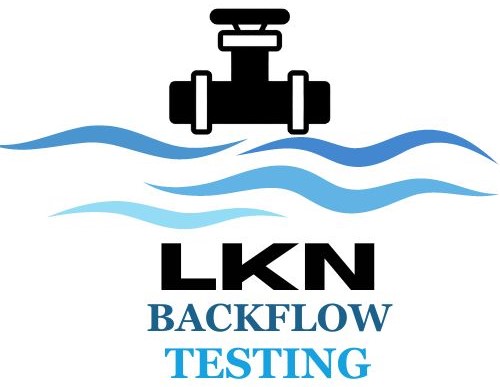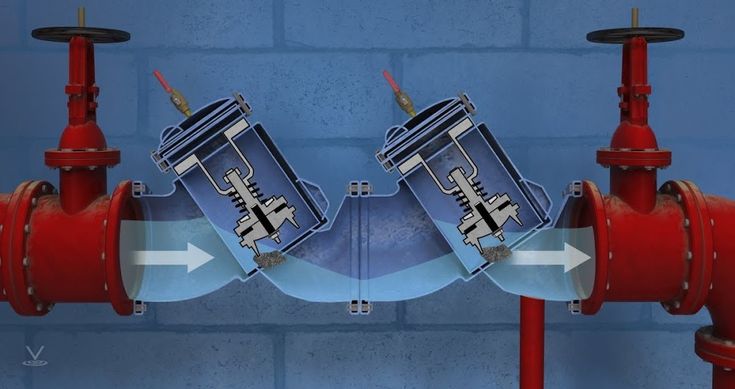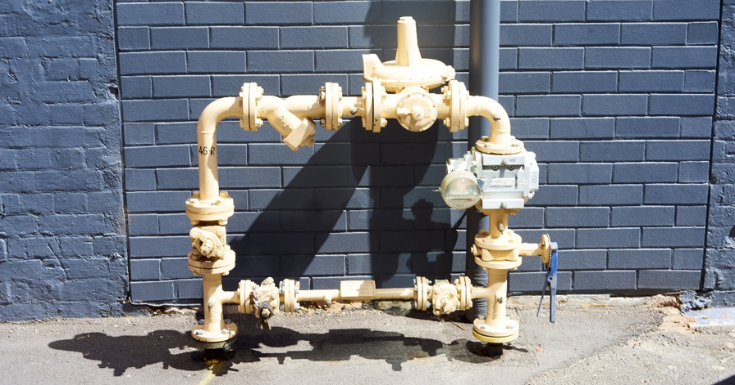Understanding what is backflow testing helps in ensuring clean water. It is a process that ensures water flows in the correct direction and harmful contaminants do not re-enter the potable water system.
It is essential to understand the backflow testing requirements for several reasons. These requirements mainly help in ensuring legal compliance, protecting public health, maintaining the efficiency of corresponding devices, and reducing risks in water distribution systems.
Backflow Testing Requirements
Backflow testing is something most people don’t think about until they have to deal with it, but it’s pretty important for keeping water clean and safe. The rules and regulations for backflow testing can vary depending on the location. The basic requirements remain the same, despite the location. Let us explore the requirements in detail.
Frequency of Testing:
In most areas, testing a backflow prevention device is an annual requirement. This helps to ensure that the device functions properly. In higher-risk areas, where there are complex systems or places with a higher risk of contamination, more frequent testing may be necessary. This helps in detecting the issues early, to avoid major contamination.
Who Can Do the Testing?
Everyone cannot perform the testing of backflow prevention devices. Only a certified tester with training and extensive knowledge can handle the testing. Certification stands as proof that the person knows what they’re doing and can handle the job safely and accurately.
Why Record-Keeping is important?
Once your backflow device gets tested, it comes with some paperwork. The results, any repairs, and proof of certification should be recorded and sent to local authorities. This should not be considered unnecessary, as it helps to ensure the condition of the system and maintain records.
Ensuring Proper Installation
Testing is critical, but if your device wasn’t installed right in the first place, it might not work correctly no matter how often you test it. Making sure it’s installed according to the manufacturer’s specifications and local plumbing codes is a big part of the equation. A perfectly good device won’t do its job if it’s installed wrong.
Cross-Connection Control Programs
In some areas, local governments or water utilities have cross-connection control programs in place. These programs help identify places where clean and potentially contaminated water lines might intersect. The reason is to fix any potential issues before they turn into huge problems.
Ensuring Proper Compliance
It is essential to comply with the backflow testing requirements. Regular inspections and audits are conducted to ensure the efficiency of the backflow testing system. If a non-compliant system is detected, it can attract penalties. So it is essential to follow the testing schedule and maintain everything to avoid unwanted repercussions.
Closing Remarks
Thus backflow testing requirements are designed to ensure the proper functioning of backflow prevention services. As discussed earlier, it’s essential to seek the support of certified backflow prevention professionals for ensuring the safety of the backflow prevention devices.
At LKN Backflow Testing, we assist in ensuring that the purity of water complies with local regulations. With advanced equipment, we assess and verify the performance of backflow devices and resolve any issues promptly.







